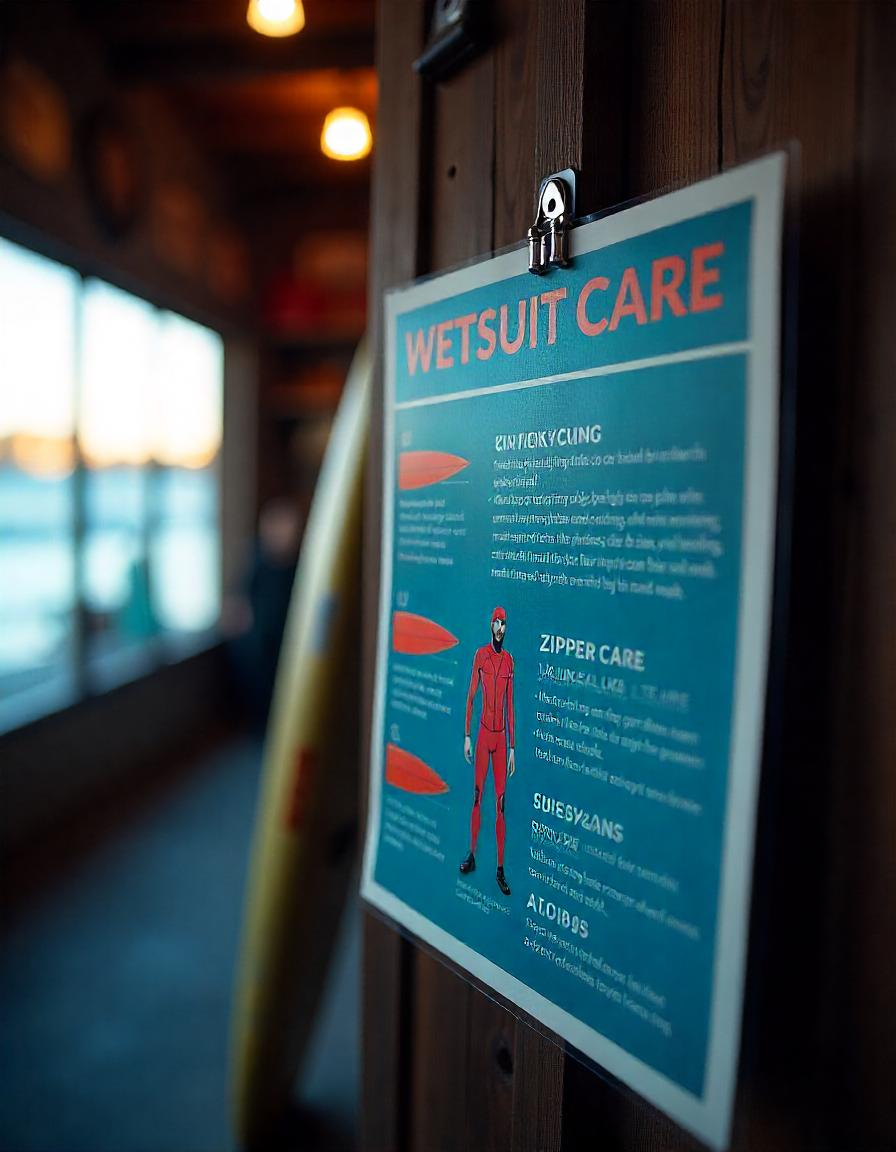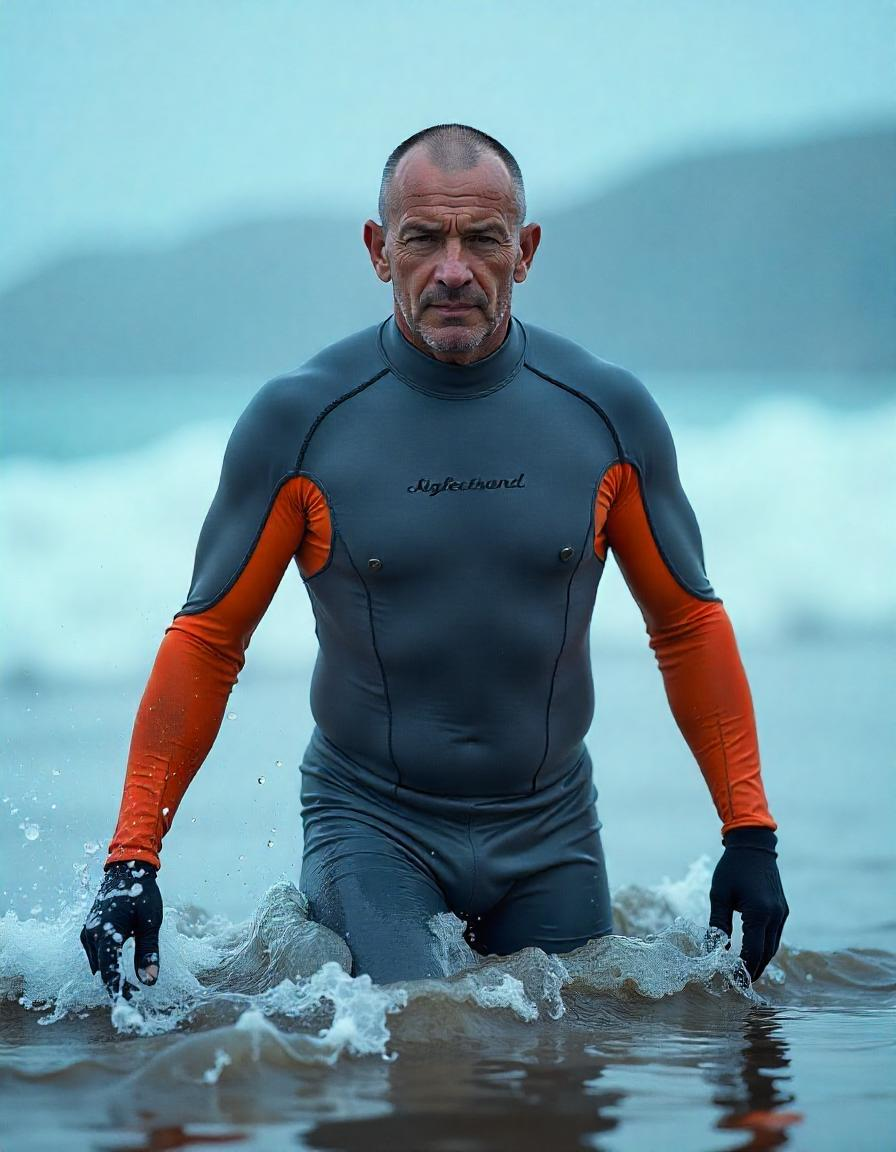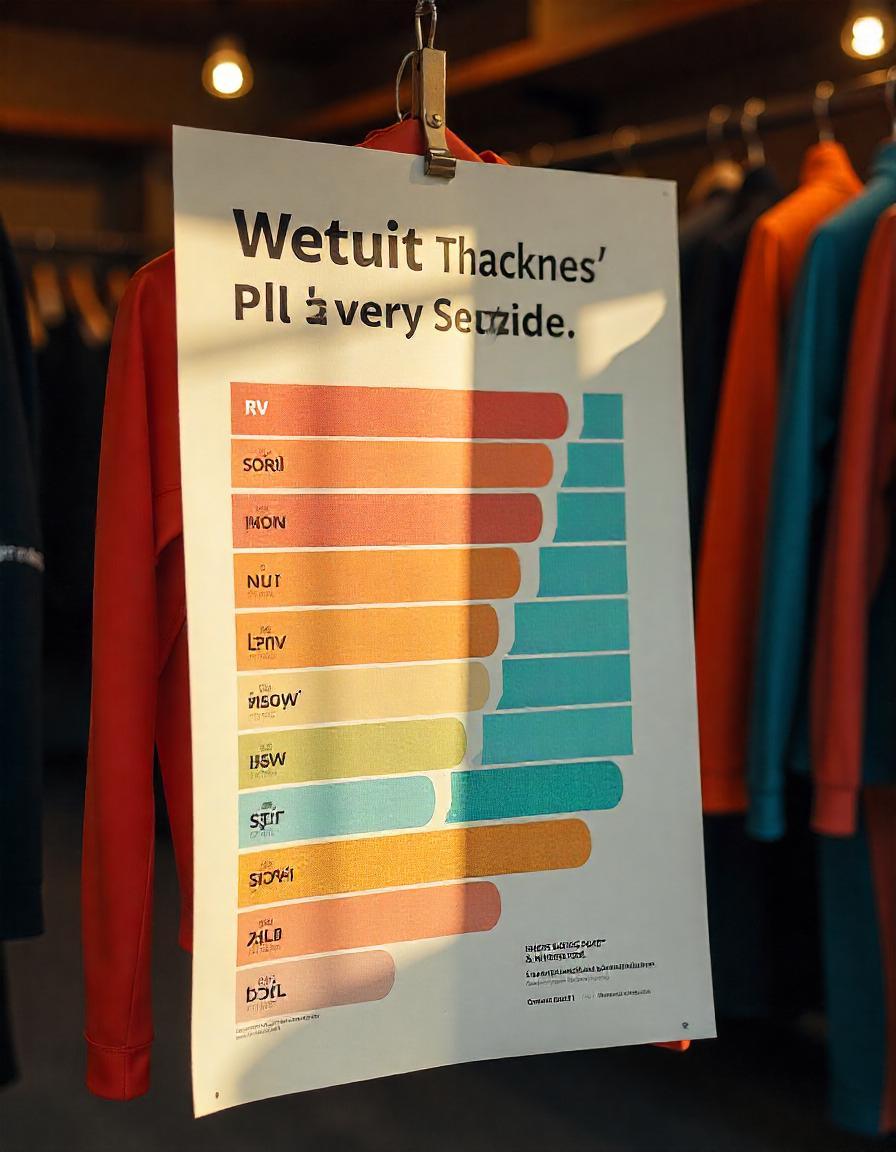Wild swimming in the UK has grown increasingly popular, offering a refreshing way to connect with nature while reaping the benefits of outdoor exercise. But if you’re planning to take the plunge, you might be wondering, “Do I need a wetsuit for wild swimming?” While some swimmers prefer the simplicity of swimming without one, a wetsuit can make your experience more enjoyable and safer, especially in the UK’s cooler waters.
Below, we’ll explore the advantages of wearing a wetsuit for wild swimming and the factors to consider when deciding whether one is right for you.
The Benefits of Wearing a Wetsuit for Wild Swimming
1. Protection Against the Cold
UK waters can be surprisingly chilly, even in summer. Water temperatures typically range between 10°C and 20°C, with some lakes, rivers, and coastal areas dipping much lower during winter.
A wetsuit helps retain body heat by trapping a thin layer of water between your skin and the neoprene. This water is warmed by your body, creating an insulating barrier. For cold water swimming, a wetsuit can keep you warmer for longer, reducing the risk of hypothermia.
2. Improved Buoyancy
One of the advantages of neoprene is its natural buoyancy. Wearing a wetsuit can make swimming feel easier, especially for beginners or those less confident in open water. By keeping you afloat, a wetsuit reduces physical strain, allowing you to focus on enjoying the experience.
3. Safety Features
A wetsuit adds an extra layer of safety by cushioning impacts from rocks, vegetation, or other underwater hazards. Some suits also come in bright colors or with reflective detailing, making you more visible to others, which is especially useful on cloudy days or in busy swim spots.
4. Extended Swimming Season
For those who want to swim year-round, a wetsuit is a game-changer. It enables you to venture into colder waters during spring, autumn, and even winter. Combining a wetsuit with additional gear like neoprene gloves, boots, and a hood can further enhance your cold-water swimming experience.
When You Might Not Need a Wetsuit
While wetsuits offer many benefits, they’re not always necessary. Here are scenarios where you might skip the neoprene:
- Warm Summer Days: If the water temperature is above 18°C and you’re planning a short swim, you may find a wetsuit unnecessary. Some swimmers enjoy the freedom of movement that comes with swimming without one.
- Short, Casual Dips: If you’re just dipping in for a quick plunge or taking part in a cold-water immersion session, a wetsuit might be optional, though you’ll need to monitor your time in the water.
- Personal Preference: Many experienced wild swimmers enjoy the sensory connection with water and prefer the natural feel of swimming without a wetsuit. Over time, your body can also acclimatize to colder temperatures, reducing the need for added insulation.
Choosing the Right Wetsuit for Wild Swimming
If you decide to wear a wetsuit, selecting the right one can make a big difference in your swimming experience. Here’s what to look for:
1. Thickness and Warmth
For wild swimming in colder UK waters, a wetsuit with a thickness of 3mm to 5mm is recommended. This provides enough insulation to keep you warm without compromising flexibility. If you’re swimming during milder months, a thinner suit or even a shorty wetsuit might suffice.
2. Fit and Flexibility
A good fit is crucial. Your wetsuit should feel snug without being restrictive. A poorly fitting wetsuit can lead to water flushing through, reducing its effectiveness. Ensure it allows for free movement, particularly around the shoulders and arms, since swimming relies heavily on these areas.
3. Type of Wetsuit
- Full-Length Wetsuit: Provides maximum coverage and is ideal for cold-weather swimming.
- Shorty Wetsuit: Offers greater mobility with short sleeves and legs, suitable for warmer conditions or casual dips.
- Swim-Specific Wetsuit: Designed for open-water swimming, these suits are streamlined to reduce drag and enhance performance.
4. Additional Features
Look for wetsuits with sealed or taped seams to minimize water entry. Some models also include thermal linings for extra warmth, which can be beneficial in colder months.
Other Essentials for Cold Water Swimming
Even with a wetsuit, extra gear can enhance both warmth and safety during your swim. Consider the following:
- Neoprene Gloves and Boots: Keep your extremities warm, especially during colder months.
- Swim Cap or Hood: A thermal swim cap or neoprene hood preserves heat and protects your head from the cold.
- Tow Float: Essential for visibility and added safety, especially in open or deep water.
- Changing Robe or Towel: After your swim, drying off and warming up quickly reduces the risk of post-swim chills.
Final Thoughts
Deciding whether you need a wetsuit for wild swimming in the UK ultimately depends on your preferences, the water temperature, and the type of swimming you plan to do. While some seasoned swimmers thrive in cold water without one, a wetsuit can make wild swimming more accessible, especially for beginners or those looking to extend their swimming season.
By considering factors like warmth, safety, and comfort, you’ll be well-prepared to make the most of your time in the water. Whether you opt for a wetsuit or not, wild swimming offers a unique way to explore the UK’s natural beauty while enjoying the invigorating energy of the outdoors.





